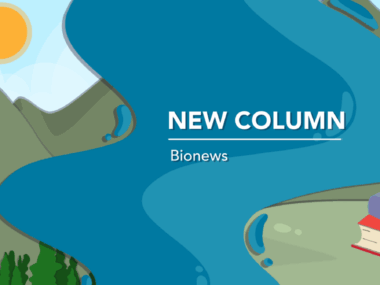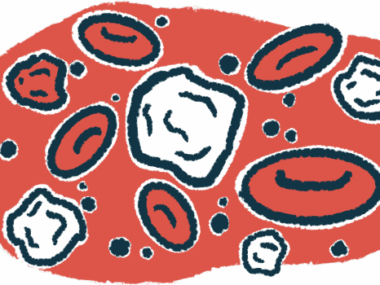1st US site offering Zevaskyn for RDEB opens in Chicago
Lurie Children's expects to begin treatments this summer
Written by |

Ann & Robert H. Lurie Children’s Hospital of Chicago opened the first Qualified Treatment Center (QTC) in the U.S. authorized to offer Zevaskyn (prademagene zamikeracel) for people with recessive dystrophic epidermolysis bullosa (RDEB).
Developed by Abeona Therapeutics, Zevaskyn, formerly known as pz-cel or EB-101, was recently approved by the U.S. Food and Drug Administration (FDA) to treat RDEB wounds in adults and children. According to the company, Zevaskyn is the first FDA-approved product that can treat RDEB wounds with a single application.
Treatments at Lurie Children’s are expected to begin in the third quarter of this year, with the first patient scheduled for biopsy in July and treatment set in August. The hospital said it has completed necessary start-up preparations and is identifying patients eligible for treatment.
“Lurie Children’s is a top-ranked hospital, known for its expertise in treating patients with epidermolysis bullosa, and we are pleased to announce that ZEVASKYN is now commercially available with the activation of Lurie Children’s as our first QTC,” Madhav Vasanthavada, PhD, Abeona’s chief commercial officer, said in a company press release. “This site activation comes just a few weeks after the FDA approval of ZEVASKYN, underscoring the collaborative relationship between Lurie Children’s and Abeona, and our shared conviction that ZEVASKYN is an important treatment option for people living with RDEB.”
Patients, families, and caregivers can learn more about how to access Zevaskyn and the personalized patient support available through the Abeona Assist program by visiting the program’s website, calling 1-855-ABEONA-1 (1-855-223-6621), or sending an email.
RDEB treatment uses patient skin cells
RDEB is caused by mutations in both copies of the COL7A1 gene that disrupt the production of type VII collagen, a protein essential for anchoring the skin’s layers together. Patients have extremely fragile skin that blisters and tears easily, leading to chronic, painful wounds, risk of infection, and potentially life-threatening complications.
With Zevaskyn, a small sample of the patient’s skin cells is collected and modified in the lab to introduce a healthy copy of the COL7A1 gene. These corrected cells are grown on thin sheets that are surgically grafted onto the patient’s wounds to promote healing.
The FDA’s approval of Zevaskyn was based on results from the Phase 3 VIITAL study (NCT04227106), which enrolled 11 people with RDEB who had chronic wounds. Forty-three of the wounds were treated with Zevaskyn, and 43 were left untreated.
Zevaskyn led to at least 50% healing in 81.4% of wounds after six months, compared with 16.3% of untreated wounds over the same period.
The most common reported side effects of Zevaskyn include pain from the grafting procedure and itching, according to prescribing information.
Zevaskyn will be the 10th gene therapy available at Lurie Children’s, according to the press release. The hospital has been offering gene therapies since 2019, with a growing portfolio targeting neuromuscular disorders, eye disorders, cancer, and blood disorders.
“Lurie Children’s is proud to be the first qualified treatment site in the U.S. to offer this groundbreaking treatment for RDEB patients,” said Amy Paller, MD, head of the hospital’s epidermolysis bullosa research and care program. “Grafting gene-corrected cellular sheets onto chronically open wounds of patients with RDEB promises the potential to provide long-term healing of wounds, reduction in pain and reduced risk of infection.”






